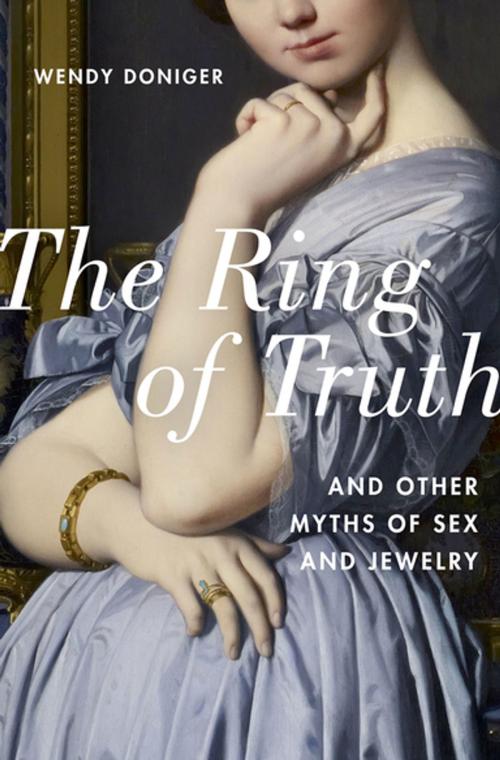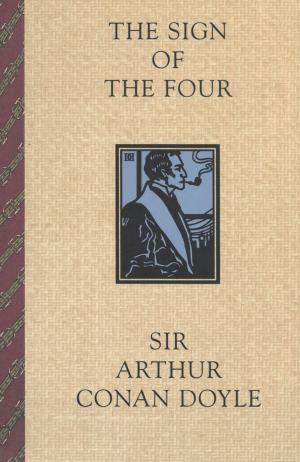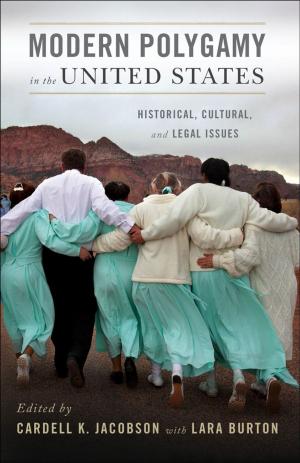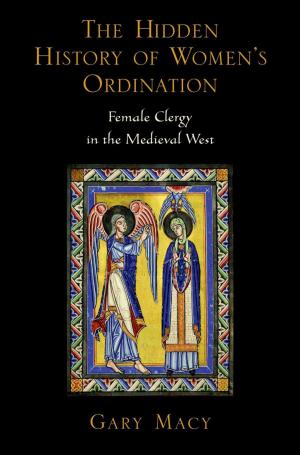The Ring of Truth
And Other Myths of Sex and Jewelry
Fiction & Literature, Literary Theory & Criticism, Ancient & Classical, Nonfiction, History, World History| Author: | Wendy Doniger | ISBN: | 9780190267131 |
| Publisher: | Oxford University Press | Publication: | April 3, 2017 |
| Imprint: | Oxford University Press | Language: | English |
| Author: | Wendy Doniger |
| ISBN: | 9780190267131 |
| Publisher: | Oxford University Press |
| Publication: | April 3, 2017 |
| Imprint: | Oxford University Press |
| Language: | English |
Why are sex and jewelry, particularly rings, so often connected? Why do rings continually appear in stories about marriage and adultery, love and betrayal, loss and recovery, identity and masquerade? What is the mythology that makes finger rings symbols of true (or, as the case may be, untrue) love? The cross-cultural distribution of the mythology of sexual rings is impressive--from ancient India and Greece through the Arab world to Shakespeare, Marie Antoinette, Wagner, nineteenth-century novels, Hollywood, and the De Beers advertising campaign that gave us the expression, "A Diamond is Forever." Each chapter of The Ring of Truth, like a charm on a charm bracelet, considers a different constellation of stories: stories about rings lost and found in fish; forgetful husbands and clever wives; treacherous royal necklaces; fake jewelry and real women; modern women's revolt against the hegemony of jewelry; and the clash between common sense and conventional narratives about rings. Herein lie signet rings, betrothal rings, and magic rings of invisibility or memory. The stories are linked by a common set of meanings, such as love symbolized by the circular and unbroken shape of the ring: infinite, constant, eternal--a meaning that the stories often prove tragically false. While most of the rings in the stories originally belonged to men, or were given to women by men, Wendy Doniger shows that it is the women who are important in these stories, as they are the ones who put the jewelry to work in the plots.
Why are sex and jewelry, particularly rings, so often connected? Why do rings continually appear in stories about marriage and adultery, love and betrayal, loss and recovery, identity and masquerade? What is the mythology that makes finger rings symbols of true (or, as the case may be, untrue) love? The cross-cultural distribution of the mythology of sexual rings is impressive--from ancient India and Greece through the Arab world to Shakespeare, Marie Antoinette, Wagner, nineteenth-century novels, Hollywood, and the De Beers advertising campaign that gave us the expression, "A Diamond is Forever." Each chapter of The Ring of Truth, like a charm on a charm bracelet, considers a different constellation of stories: stories about rings lost and found in fish; forgetful husbands and clever wives; treacherous royal necklaces; fake jewelry and real women; modern women's revolt against the hegemony of jewelry; and the clash between common sense and conventional narratives about rings. Herein lie signet rings, betrothal rings, and magic rings of invisibility or memory. The stories are linked by a common set of meanings, such as love symbolized by the circular and unbroken shape of the ring: infinite, constant, eternal--a meaning that the stories often prove tragically false. While most of the rings in the stories originally belonged to men, or were given to women by men, Wendy Doniger shows that it is the women who are important in these stories, as they are the ones who put the jewelry to work in the plots.















